Welcome to the exciting world of advanced water harvesting techniques for arid environments! In this article, you will learn about innovative strategies and technologies that are helping communities in dry regions to collect and store water more efficiently. From fog nets and dew collectors to underground cisterns and desalination plants, there are a variety of methods being used to combat water scarcity and create a more sustainable future. Get ready to explore the fascinating world of water harvesting and discover how these techniques are making a positive impact on the environment and people’s lives. Have you ever wondered how water scarcity affects arid environments and what advanced water harvesting techniques can make a difference? In this article, we will explore various innovative methods that can help you conserve and utilize water efficiently in dry regions. From rainwater harvesting to fog nets, there are several techniques available that can be beneficial in arid environments. Let’s dive in and discover how you can make a positive impact by implementing these advanced water harvesting techniques.
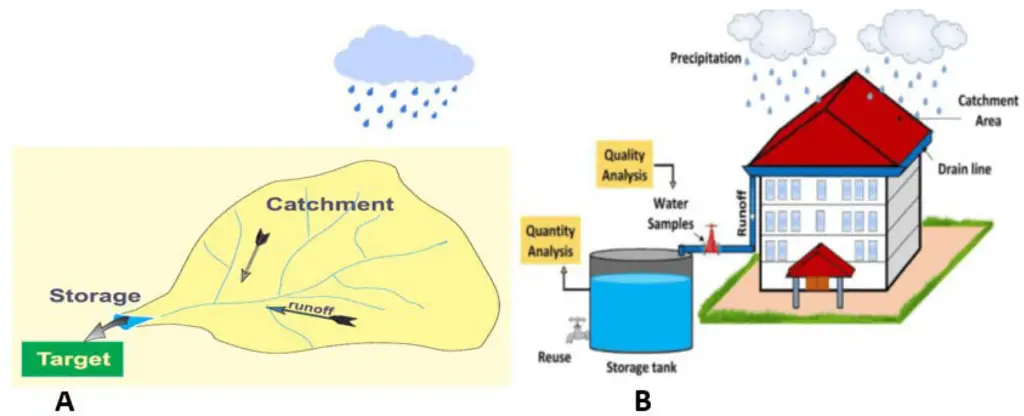
Importance of Water Harvesting in Arid Environments
Water scarcity is a significant issue in arid environments, where the dry climate and limited rainfall make it challenging to access clean and safe water. By implementing advanced water harvesting techniques, you can collect and store water for various uses, such as irrigation, drinking, and household chores. These techniques not only help conserve water but also reduce the reliance on groundwater sources, which are often overexploited in arid regions.
In arid environments, every drop counts, and by utilizing advanced water harvesting methods, you can make a significant difference in water conservation efforts. Let’s explore some innovative techniques that can help you harness the power of nature to collect and store water efficiently.
Rainwater Harvesting Systems
Rainwater harvesting is a technique that involves collecting and storing rainwater that falls on rooftops, paved surfaces, or open areas. This water can be used for various purposes, such as landscaping, flushing toilets, and even as a source of drinking water with proper filtration and treatment. Rainwater harvesting systems range from simple setups like rain barrels to more complex systems with storage tanks and filtration systems.
By capturing rainwater, you can reduce the demand on municipal water supplies and reduce runoff, which can contribute to flooding in urban areas. Installing a rainwater harvesting system can be a cost-effective way to collect water for irrigation, especially in arid regions where water is scarce. With proper maintenance and filtration, rainwater can be a valuable resource that can help you reduce your water footprint and become more self-sufficient in water management.
Fog Nets: Harnessing Moisture From the Air
Fog nets are an innovative technology that utilizes fine mesh nets to capture water droplets from fog and convert them into usable water. These nets are typically installed on elevated structures, such as hills or towers, where fog passes through. As the fog drifts through the nets, the water droplets stick to the mesh and trickle down into collection systems below. Fog nets can be an effective way to supplement water supplies in arid environments where traditional water sources are scarce.
Fog nets have been successfully implemented in regions like Chile, Peru, and Morocco, where fog is a common occurrence near coastal areas. By harnessing moisture from the air, fog nets can provide a reliable source of water for communities that lack access to traditional water sources. While fog nets may not provide a large volume of water, they can be a sustainable solution for supplementing water supplies in arid regions and reducing the reliance on groundwater sources.
Table 1: Pros and Cons of Fog Nets
| Pros | Cons |
|---|---|
| Sustainable water source in foggy regions | Limited water production capacity |
| Low maintenance requirements | High initial installation costs |
| Suitable for remote areas with limited access to water sources | Dependent on foggy conditions for water collection |
| Can be combined with other water harvesting techniques for greater water security |
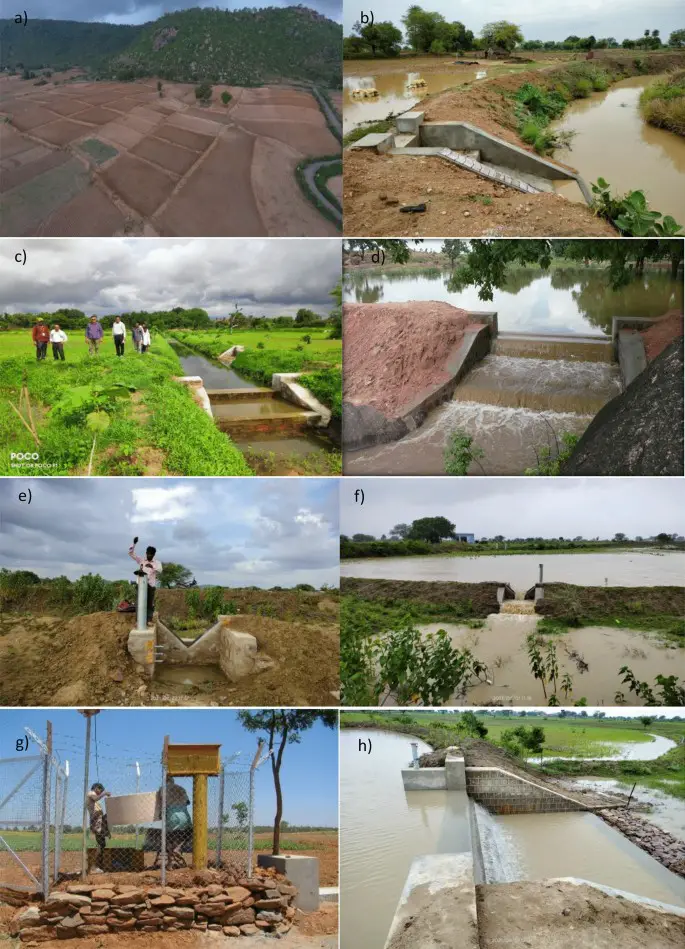
Desalination: Turning Saltwater into Freshwater
Desalination is a process that involves removing salt and other impurities from seawater or brackish water to produce fresh water suitable for drinking and irrigation. In arid regions where access to freshwater sources is limited, desalination can be a viable solution to meet water demands. There are different methods of desalination, including thermal distillation, reverse osmosis, and electrodialysis, each with its advantages and limitations.
Desalination plants are typically located near coastal areas, where seawater can be readily accessed for treatment. While desalination can be an effective way to produce freshwater, it comes with some challenges, such as high energy consumption, brine disposal, and environmental impacts. Despite these challenges, desalination can provide a reliable source of water for communities in arid environments, ensuring access to clean and safe water for various uses.
Table 2: Comparison of Desalination Methods
| Desalination Method | Advantages | Disadvantages |
|---|---|---|
| Thermal Distillation | Effective salt removal, suitable for brackish water | High energy consumption, maintenance requirements |
| Reverse Osmosis | Energy-efficient, suitable for seawater desalination | Membrane fouling, pretreatment requirements |
| Electrodialysis | Low energy consumption, minimal use of chemicals | Limited scalability, high operating costs |
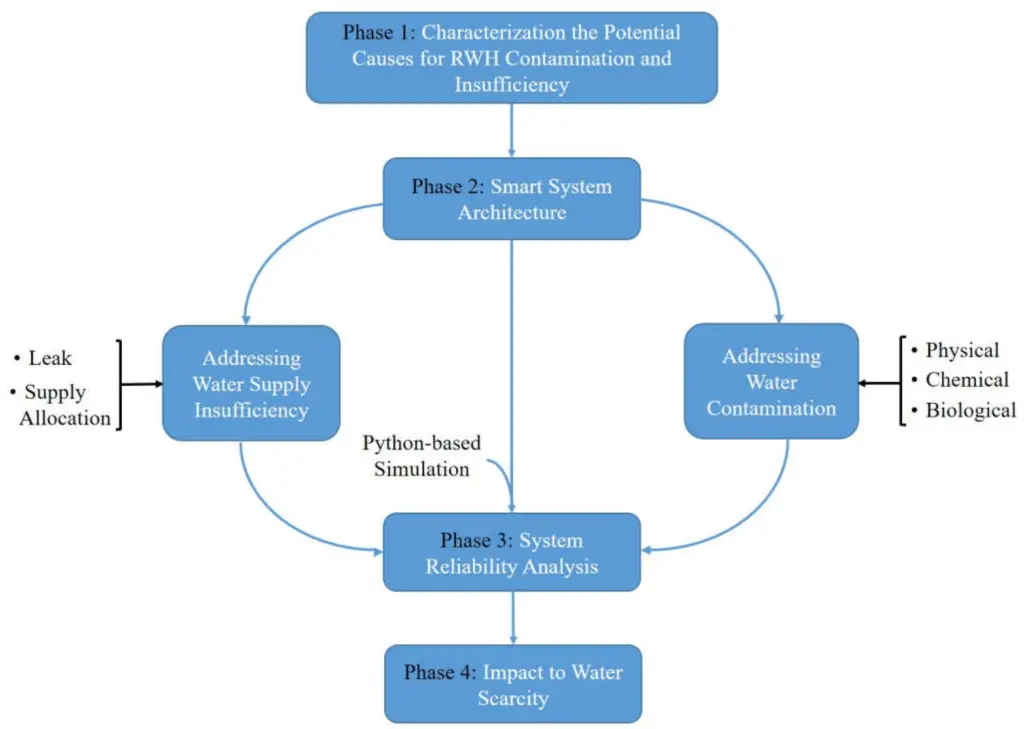
Cloud Seeding: Enhancing Precipitation in Arid Regions
Cloud seeding is a weather modification technique that involves introducing seeding agents, such as silver iodide or dry ice, into clouds to enhance precipitation and stimulate rainfall. This process can be used in arid regions to increase rainfall and snowfall, providing much-needed water for agriculture, ecosystems, and water supplies. Cloud seeding is typically conducted by aircraft or ground-based generators, targeting clouds to induce precipitation.
While cloud seeding has been used for decades to enhance precipitation in arid regions, its effectiveness and long-term impacts are still a topic of ongoing research. Some studies have shown positive results in increasing rainfall and snowfall in targeted areas, while others have raised concerns about potential environmental impacts and unintended consequences. Despite these challenges, cloud seeding remains a valuable tool for water resource management in arid regions, offering a potential way to enhance precipitation and improve water availability.
Table 3: Pros and Cons of Cloud Seeding
| Pros | Cons |
|---|---|
| Potential to increase precipitation in arid regions | Uncertain outcomes and effectiveness |
| Can improve water availability for agriculture and ecosystems | Environmental and ethical concerns |
| Offers a proactive approach to water management in dry regions | Cost and logistical challenges |
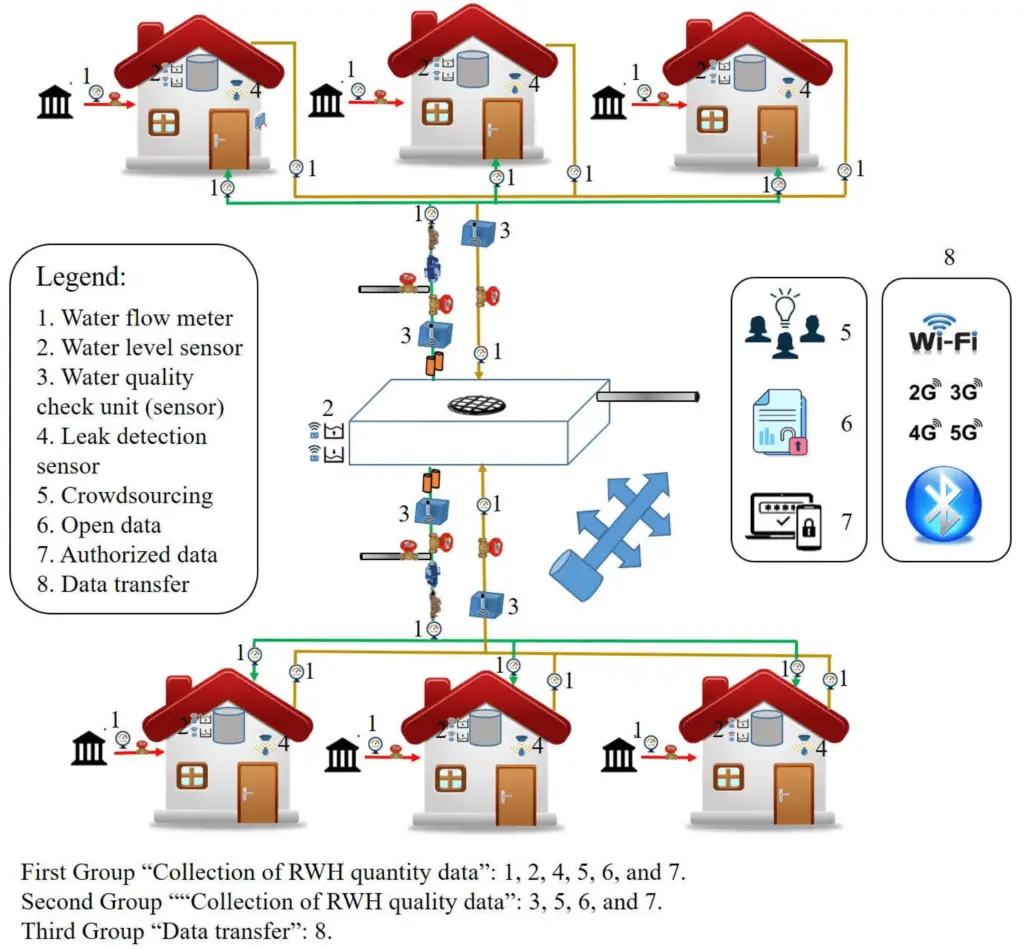
Integrated Water Harvesting Systems
Integrated water harvesting systems combine various techniques, such as rainwater harvesting, fog nets, and greywater recycling, to create a comprehensive approach to water management in arid environments. By utilizing multiple methods to collect, store, and recycle water, these systems can maximize water efficiency and resilience, ensuring a reliable water supply in dry regions. Integrated water harvesting systems can be tailored to specific needs and conditions, combining different techniques to address water scarcity and promote sustainable water use.
In arid environments, where water resources are limited, integrated water harvesting systems offer a holistic approach to water management, incorporating both natural processes and human interventions. By combining different techniques and practices, such as rainwater harvesting, fog nets, and greywater recycling, you can create a self-sustaining water system that reduces reliance on external water sources and promotes water conservation. Whether you are a homeowner, farmer, or community developer, integrated water harvesting systems can benefit you by providing a reliable and sustainable water supply for various uses.
Table 4: Components of an Integrated Water Harvesting System
| Component | Description |
|---|---|
| Rainwater Harvesting | Collecting rainwater from rooftops or surfaces |
| Fog Nets | Capturing water droplets from fog for collection |
| Greywater Recycling | Filtering and treating wastewater for reuse |
| Water Storage | Storing collected water in tanks or cisterns |
| Irrigation Systems | Distributing water for landscaping and agriculture |
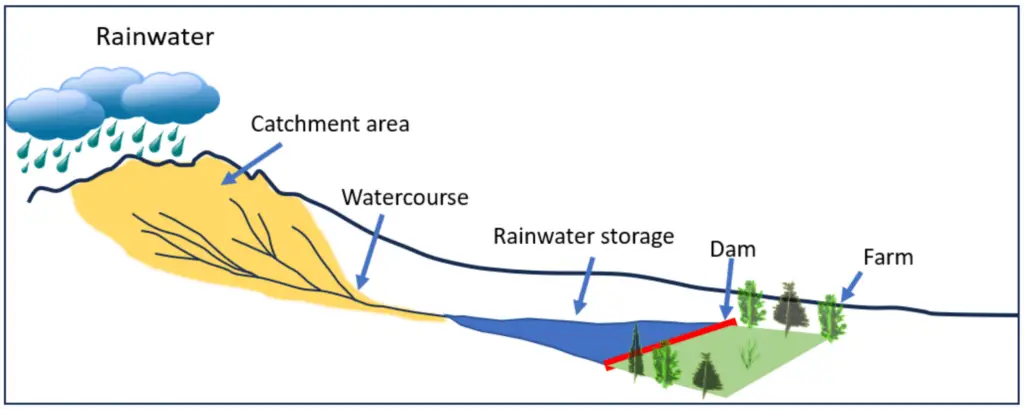
Conclusion
Water scarcity is a pressing issue in arid environments, where the availability of clean and safe water is limited. By implementing advanced water harvesting techniques, you can make a positive impact on water conservation efforts and promote sustainable water use in dry regions. From rainwater harvesting and fog nets to desalination and cloud seeding, there are various methods available that can help you collect and store water efficiently while reducing the reliance on groundwater sources.
In this article, we explored the importance of water harvesting in arid environments and discussed innovative techniques that can help you harness the power of nature to conserve and utilize water effectively. By utilizing advanced water harvesting methods, you can create a self-sustaining water system that meets your water needs while promoting environmental sustainability. Whether you are a homeowner, farmer, or community developer, incorporating these advanced techniques can help you address water scarcity and ensure a reliable and sustainable water supply for the future.
